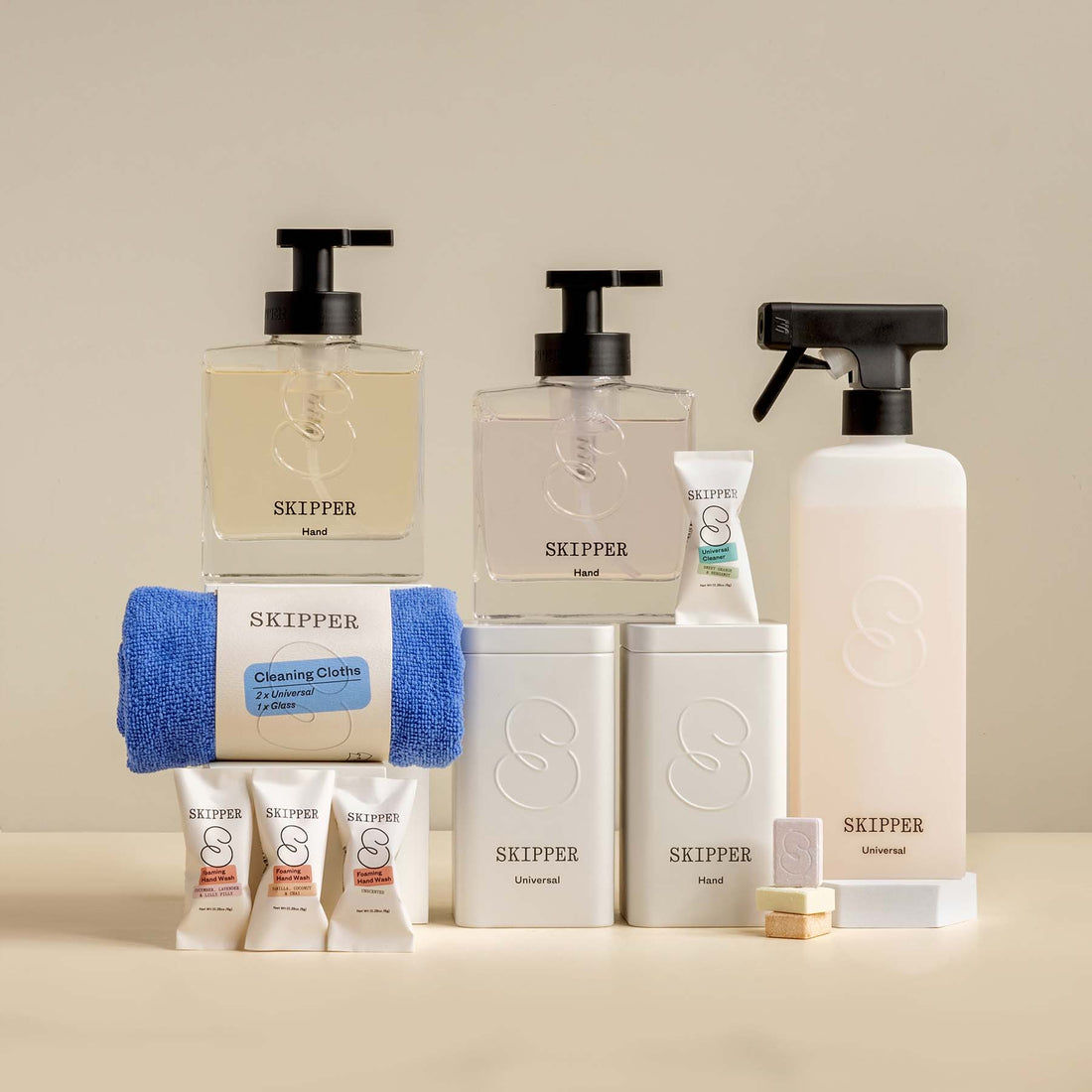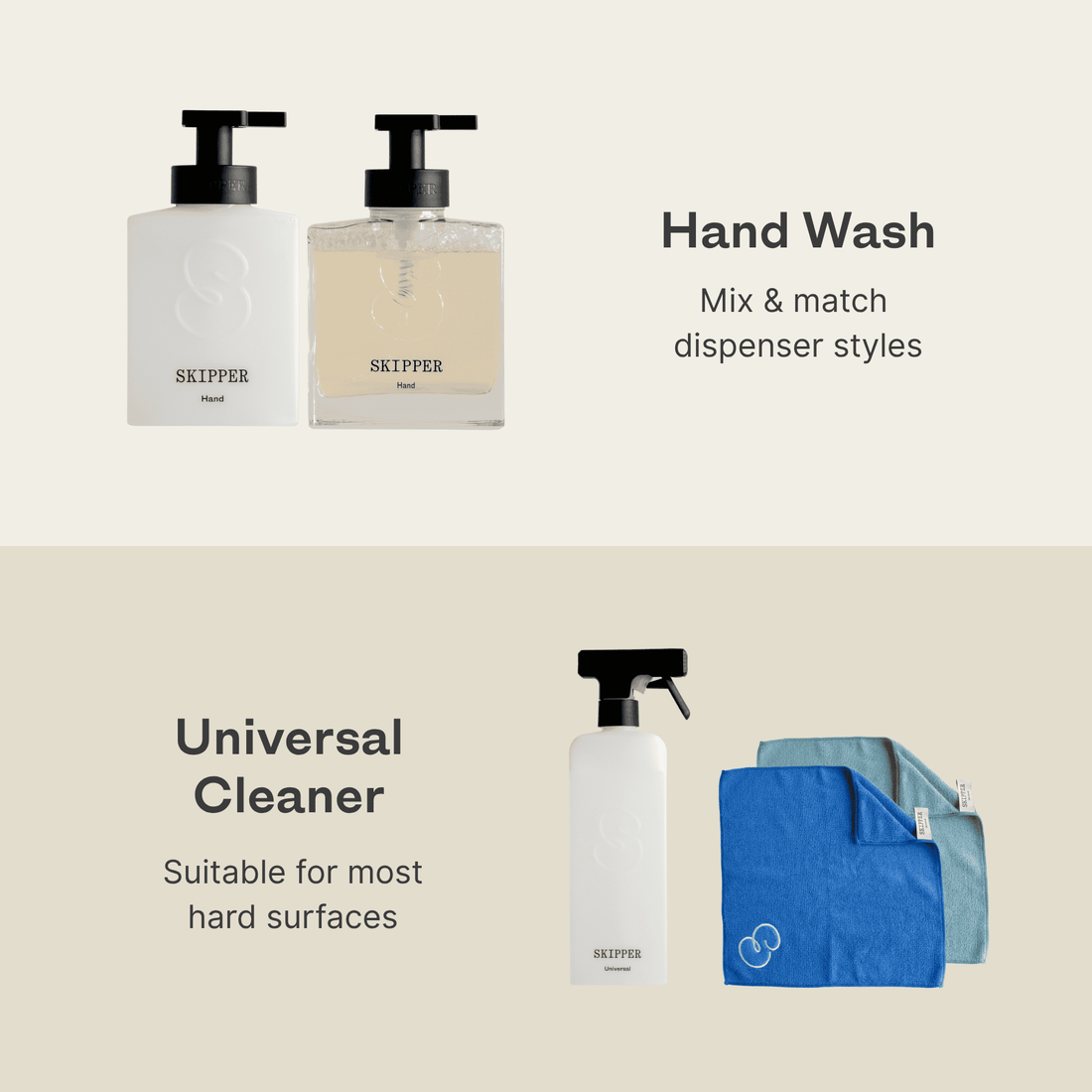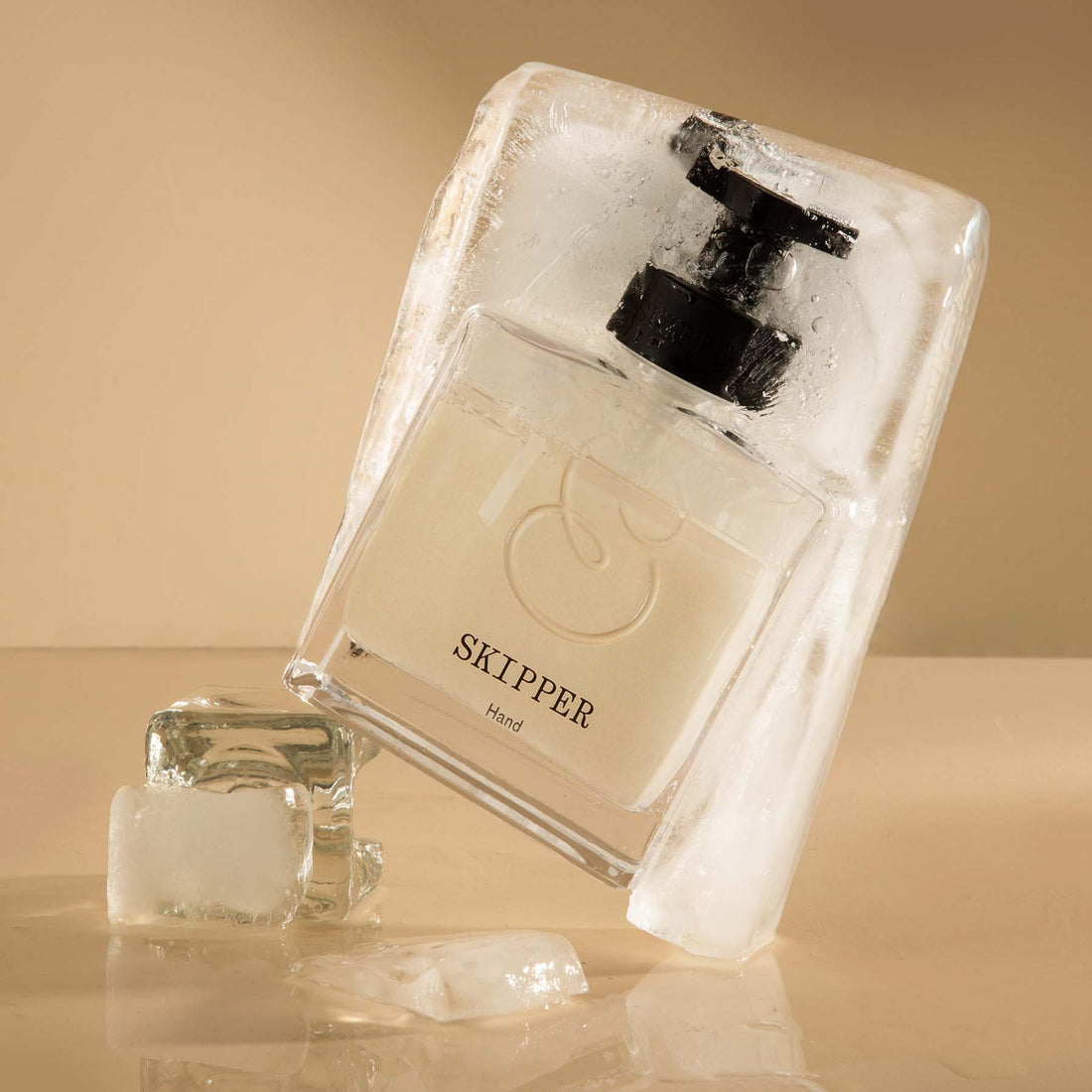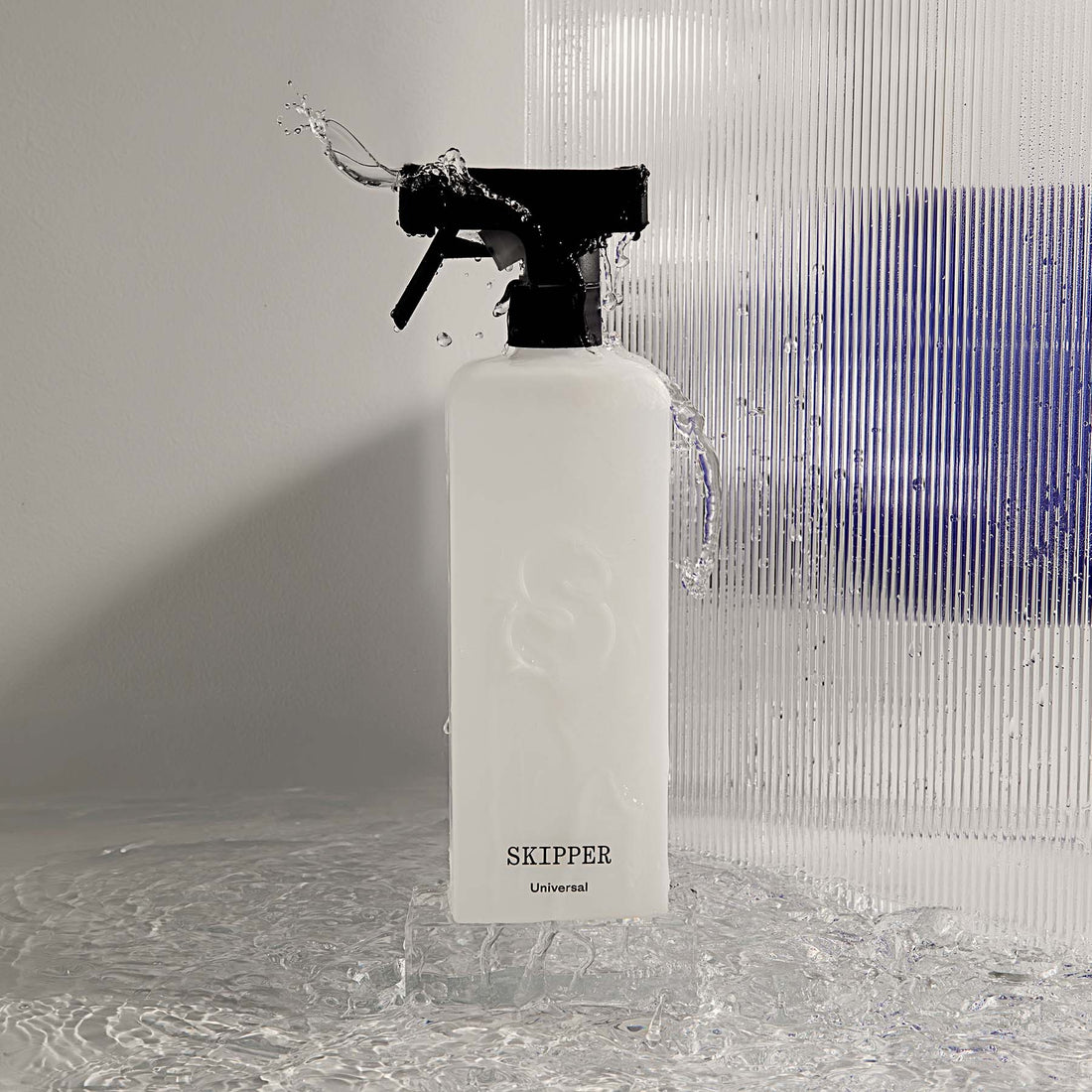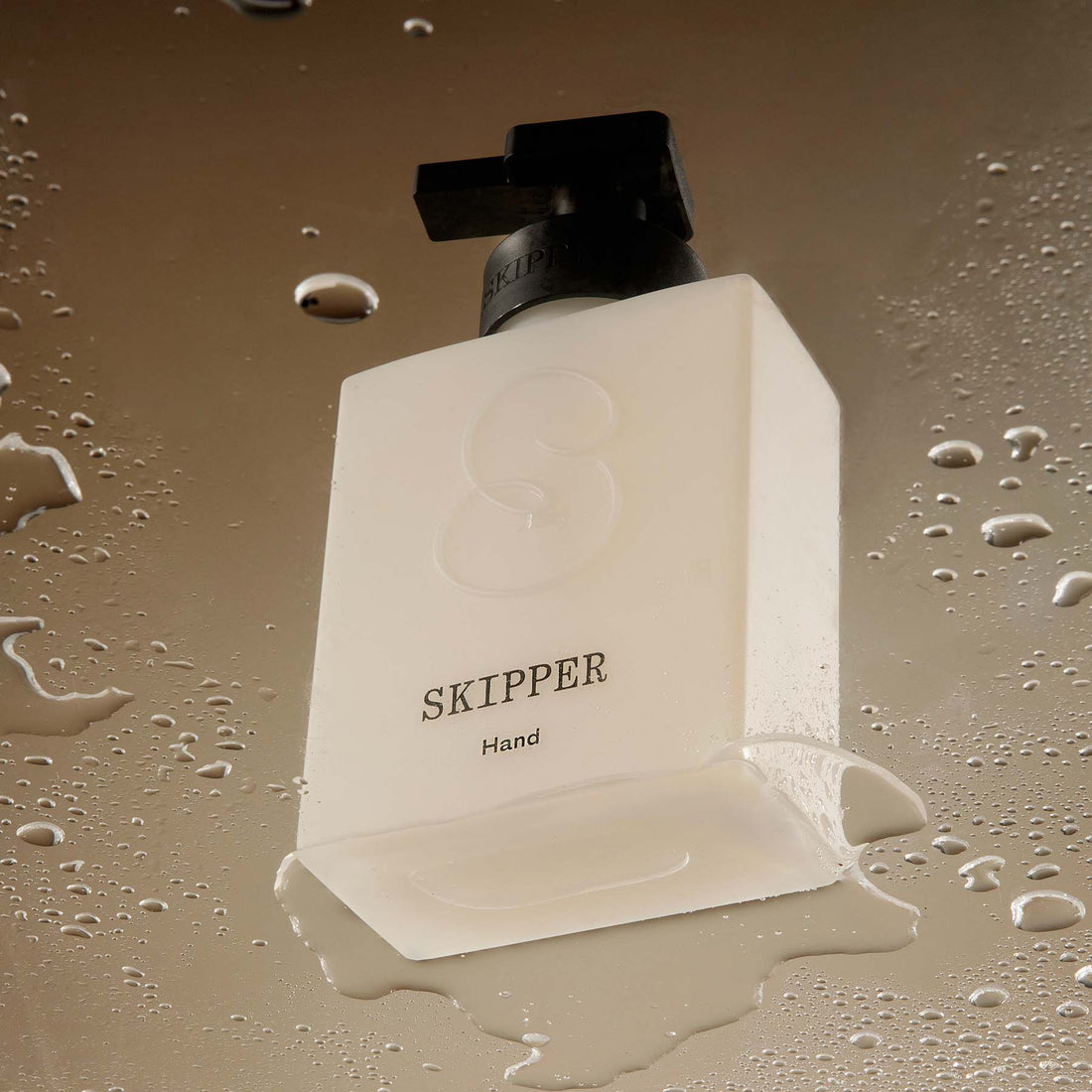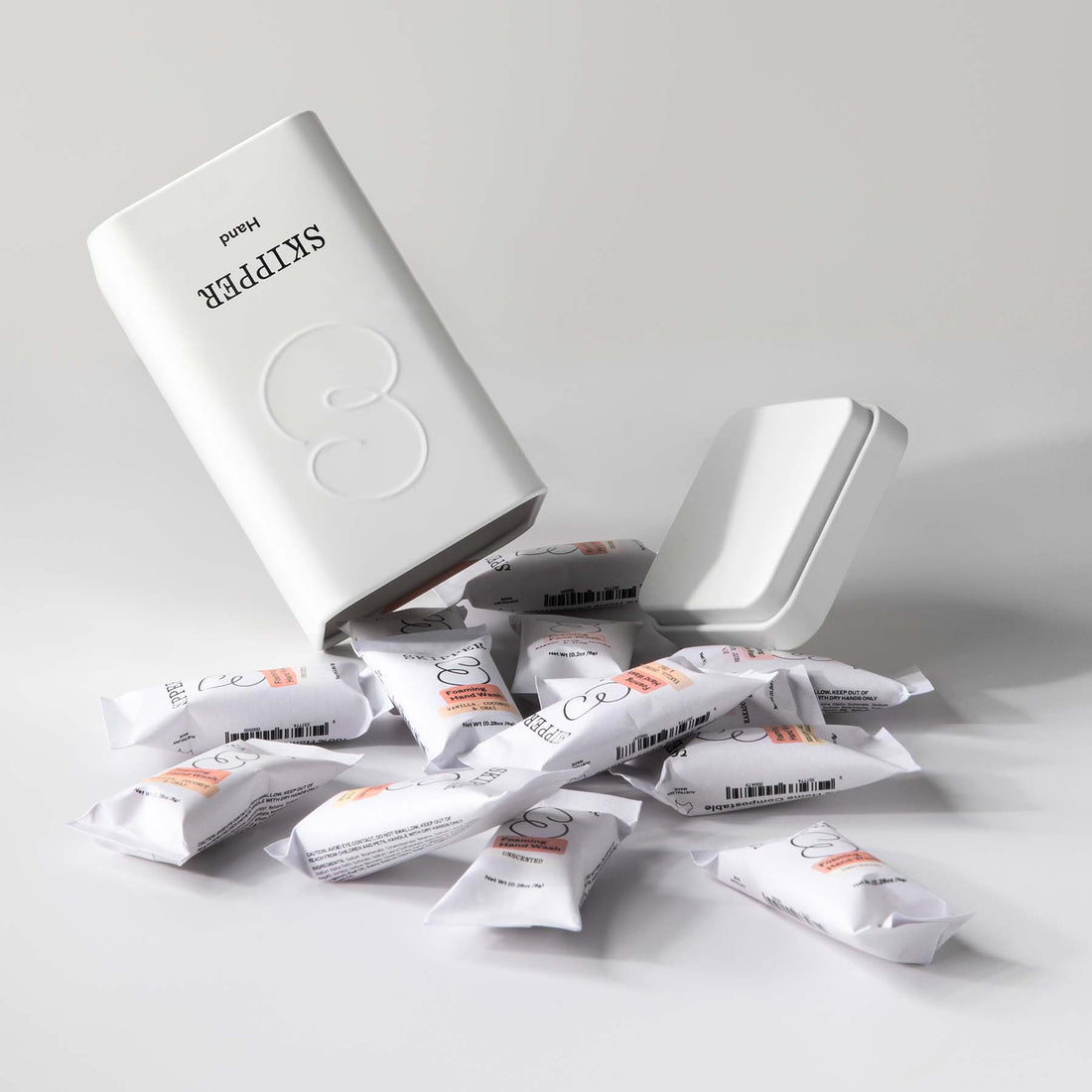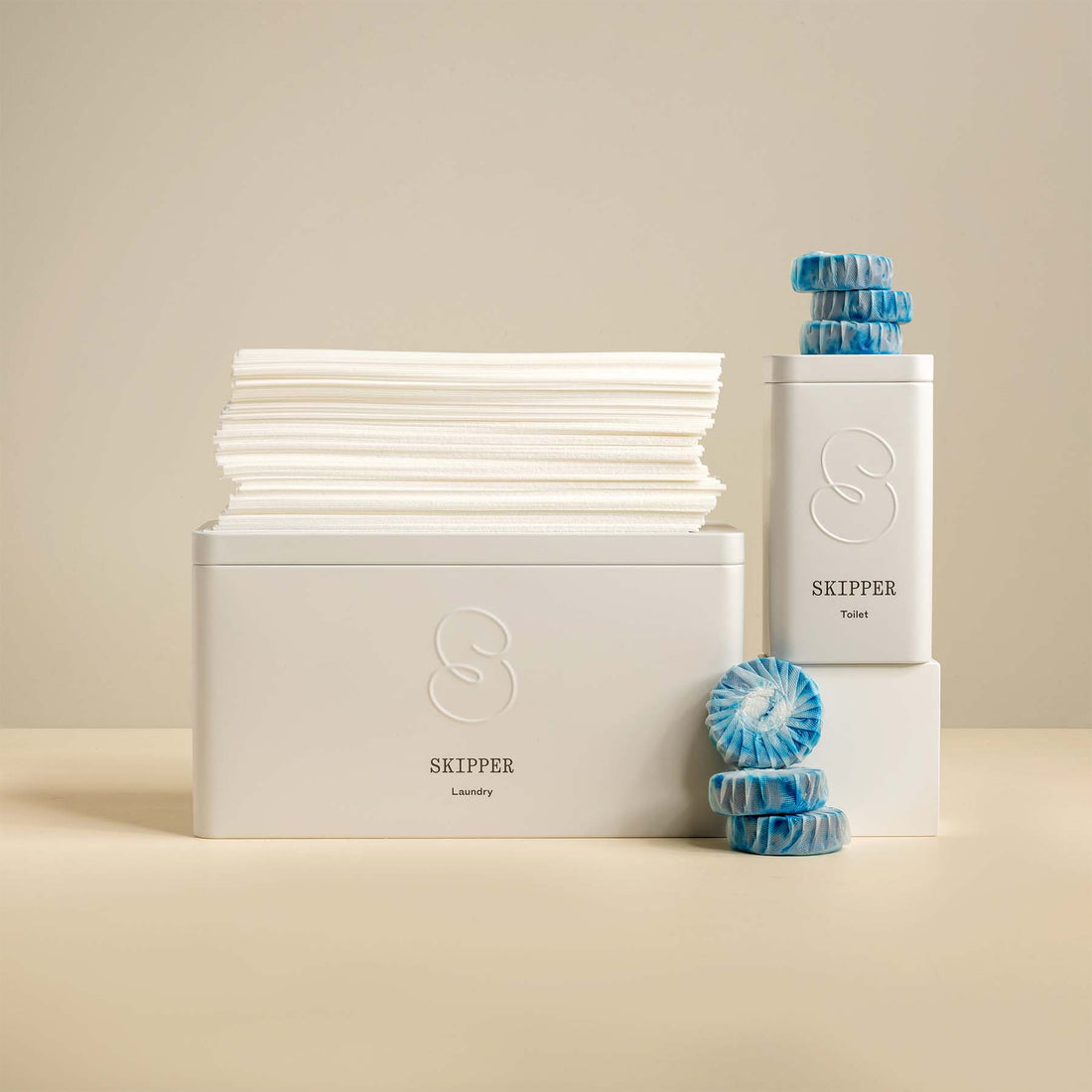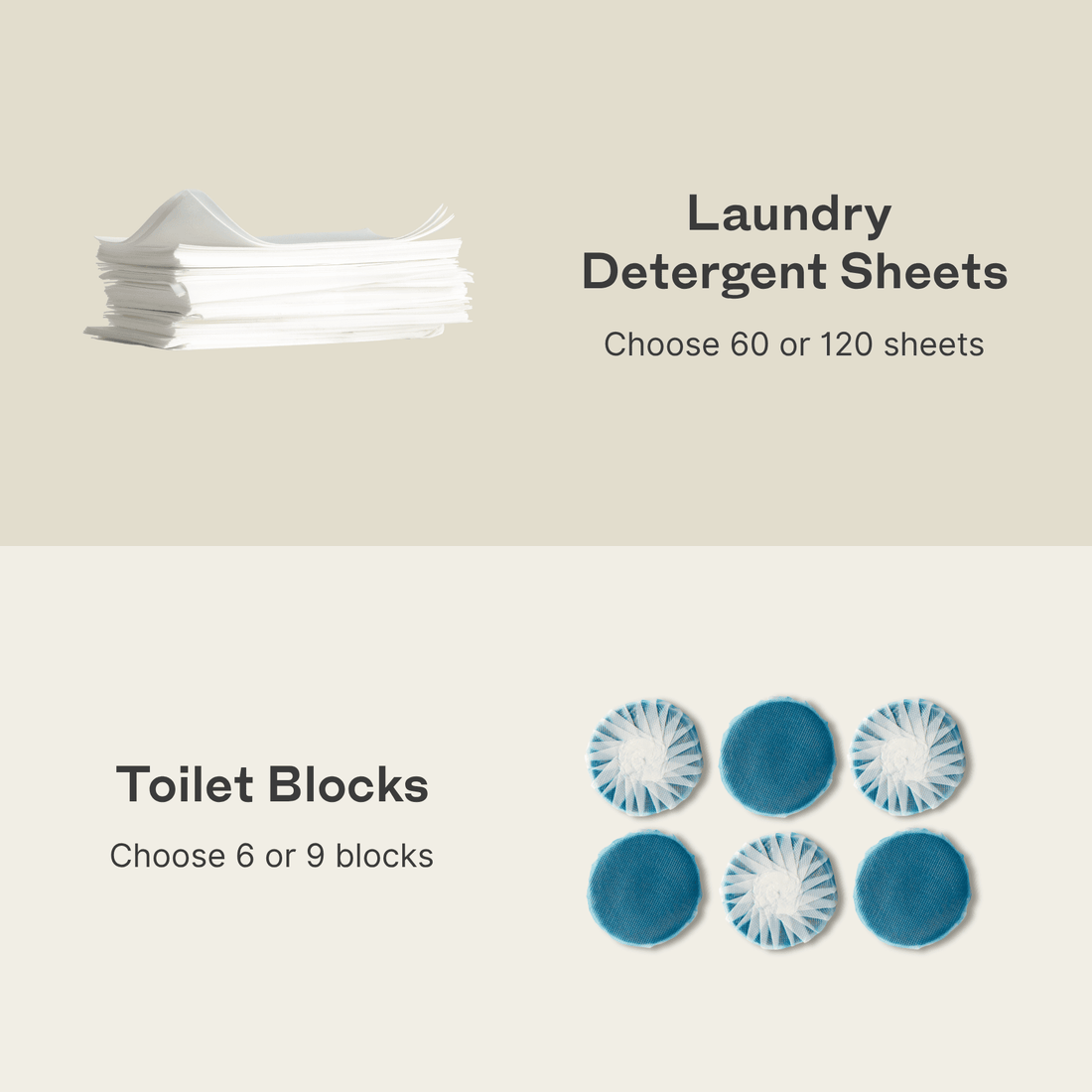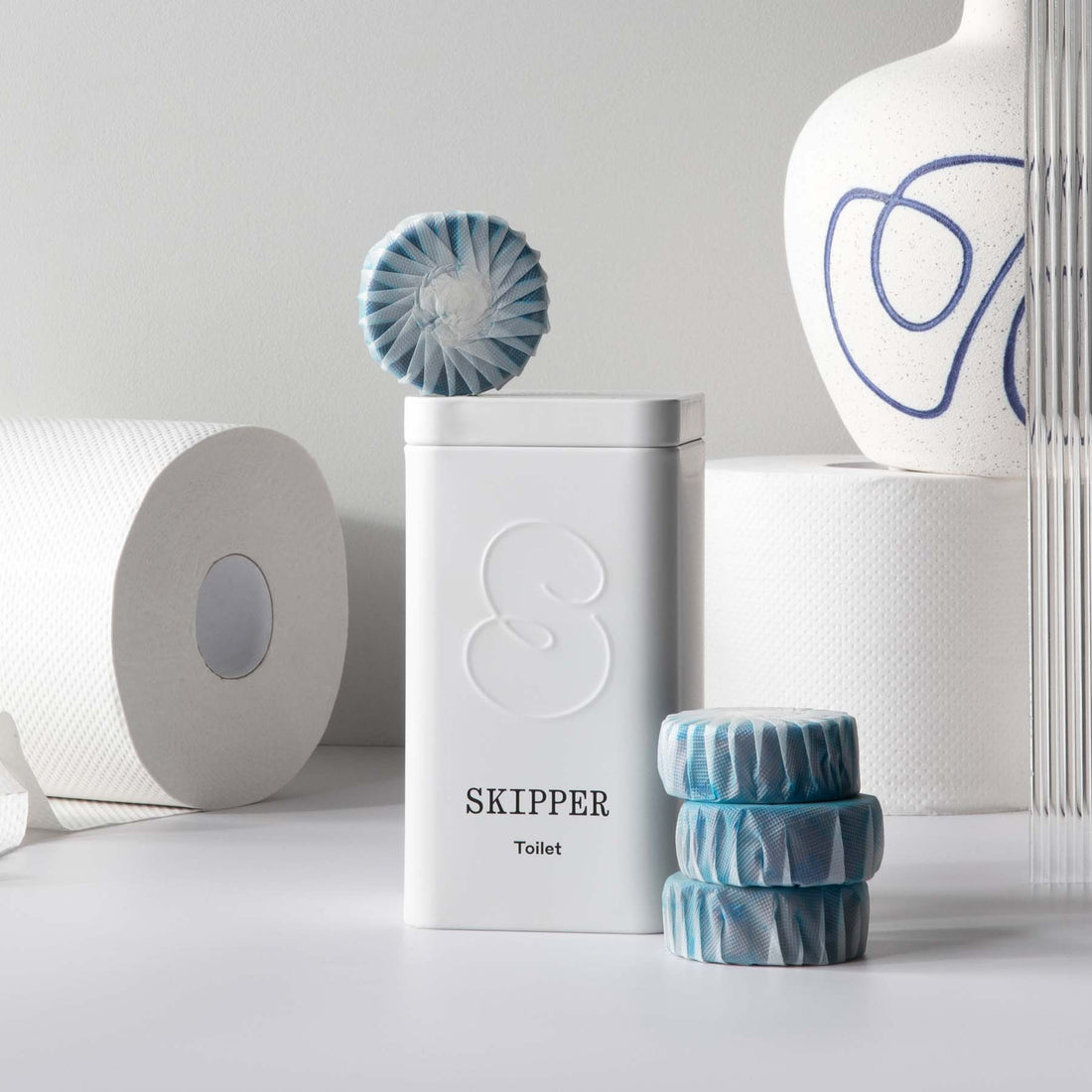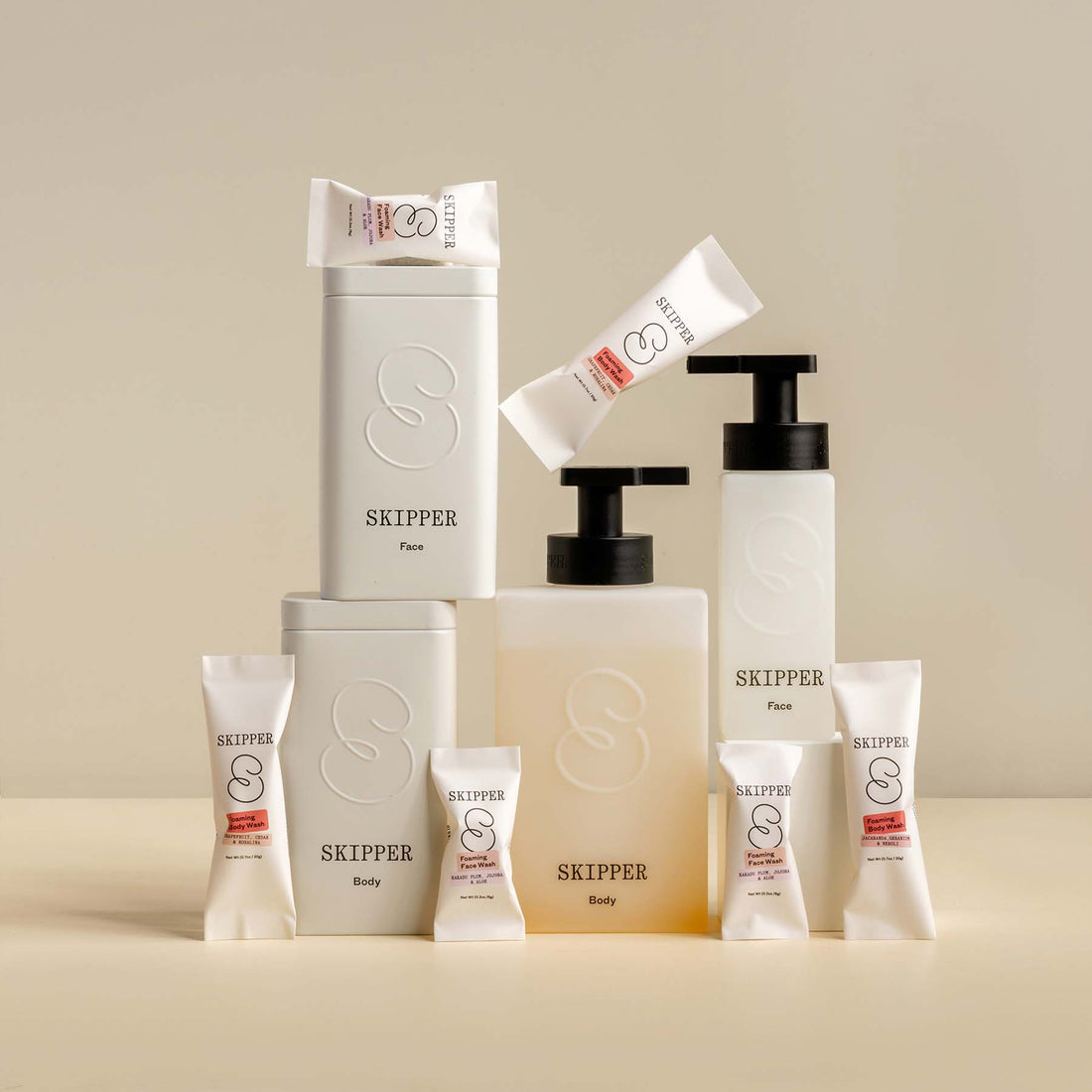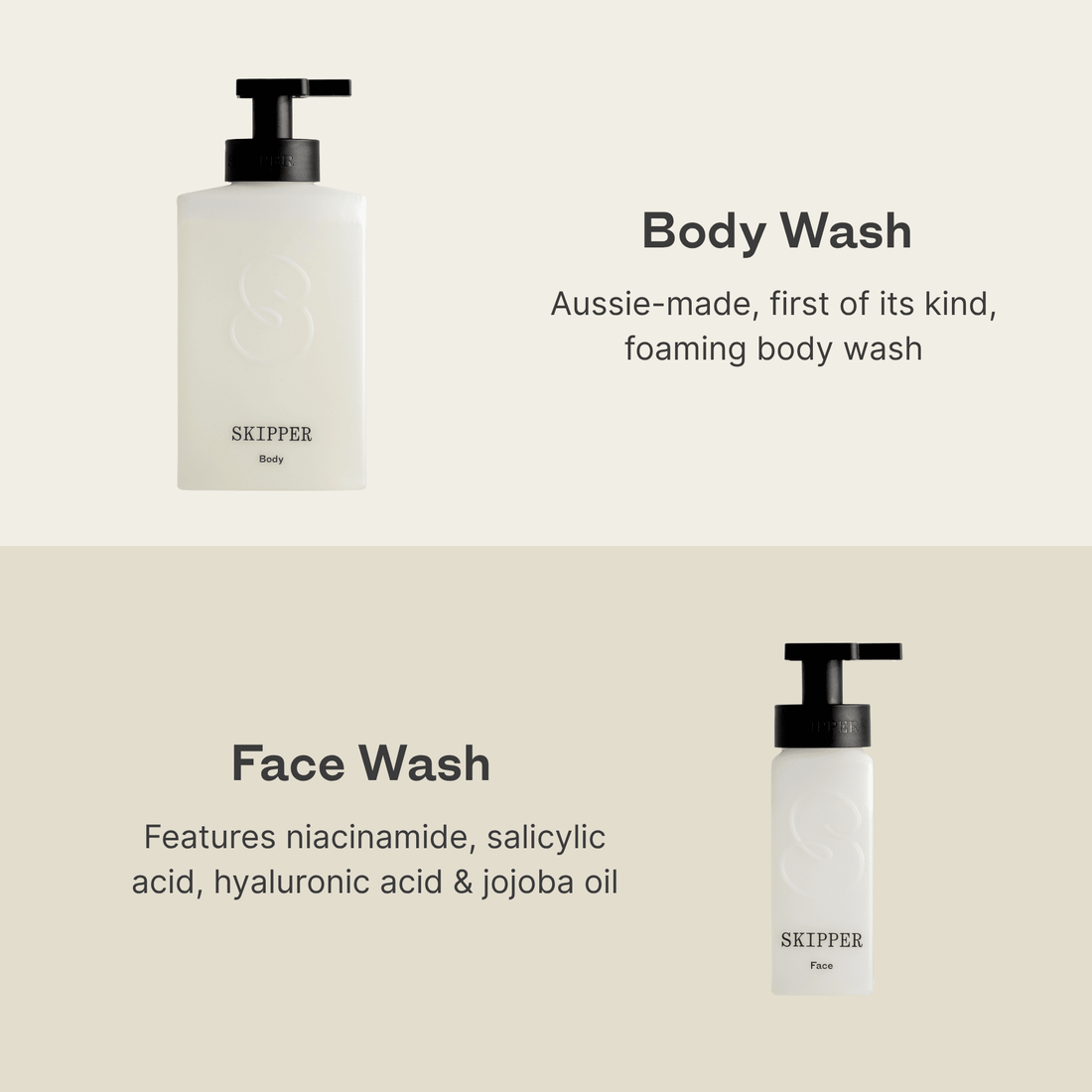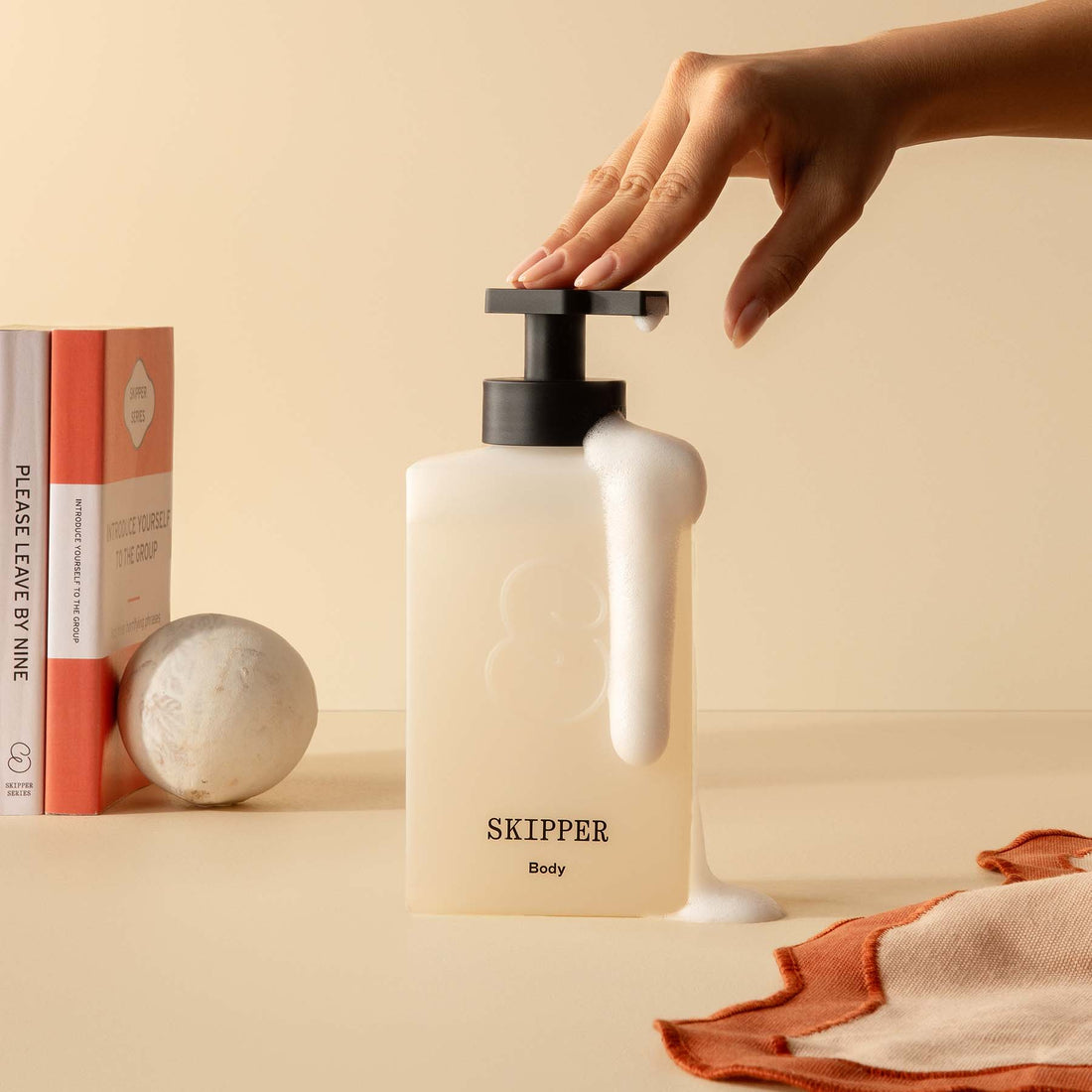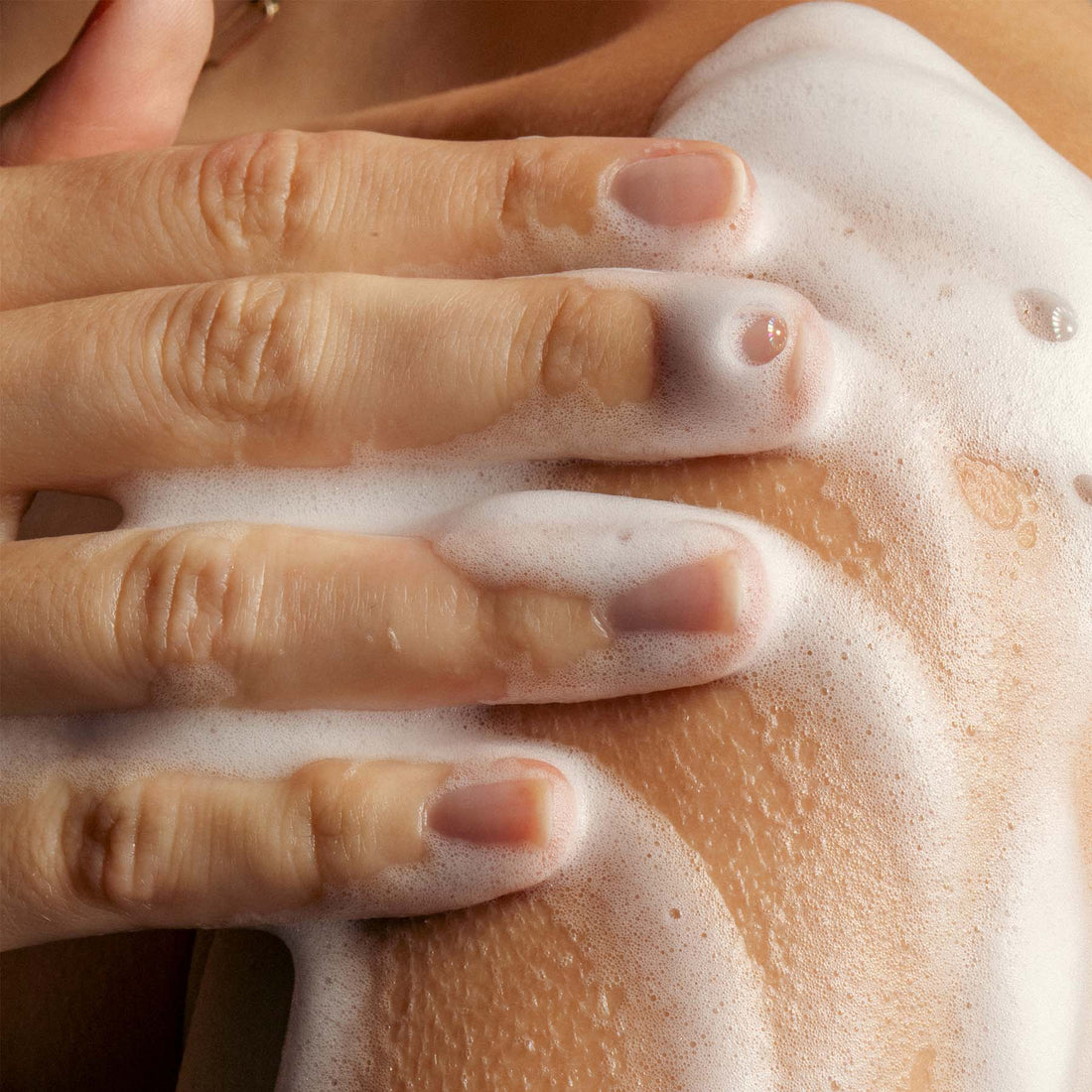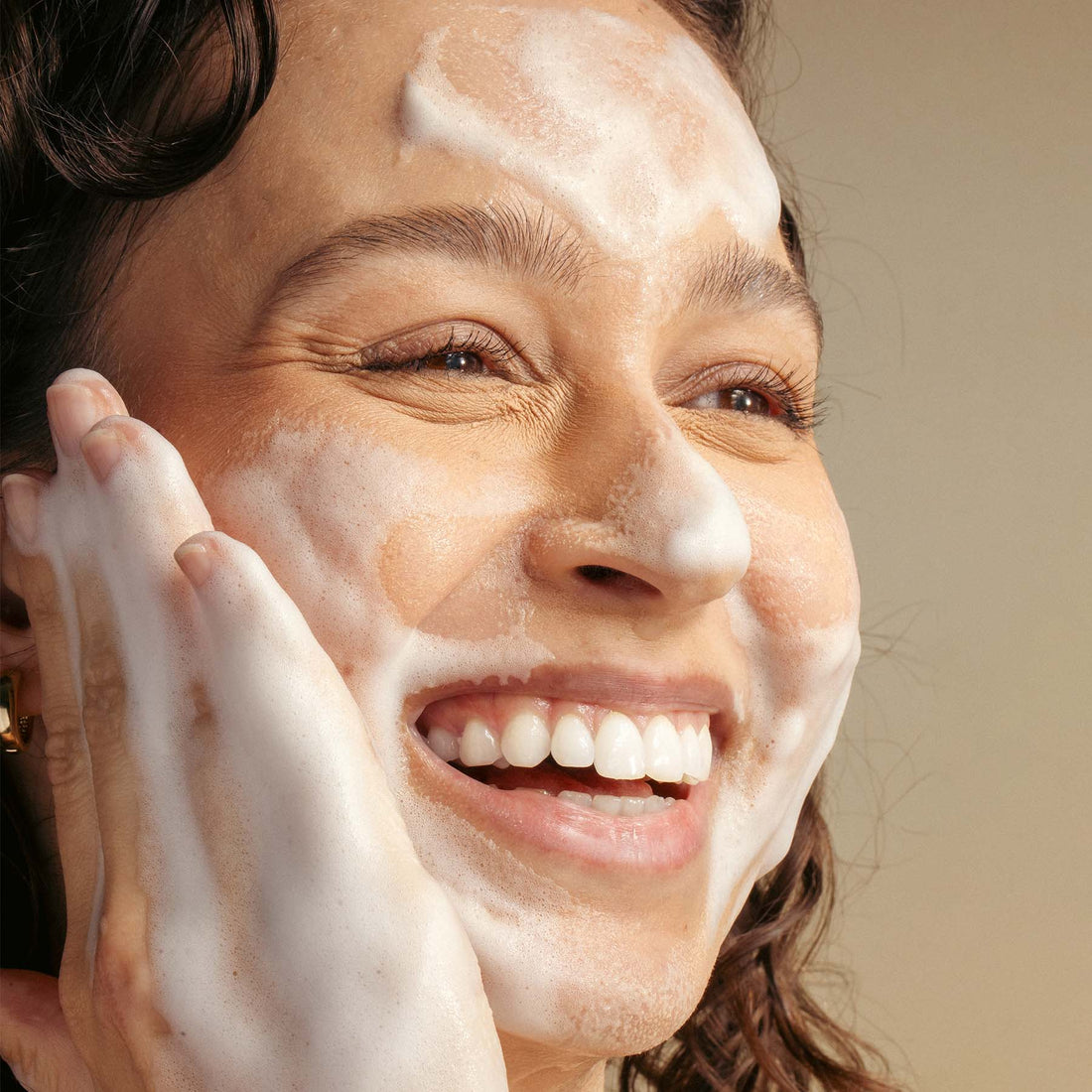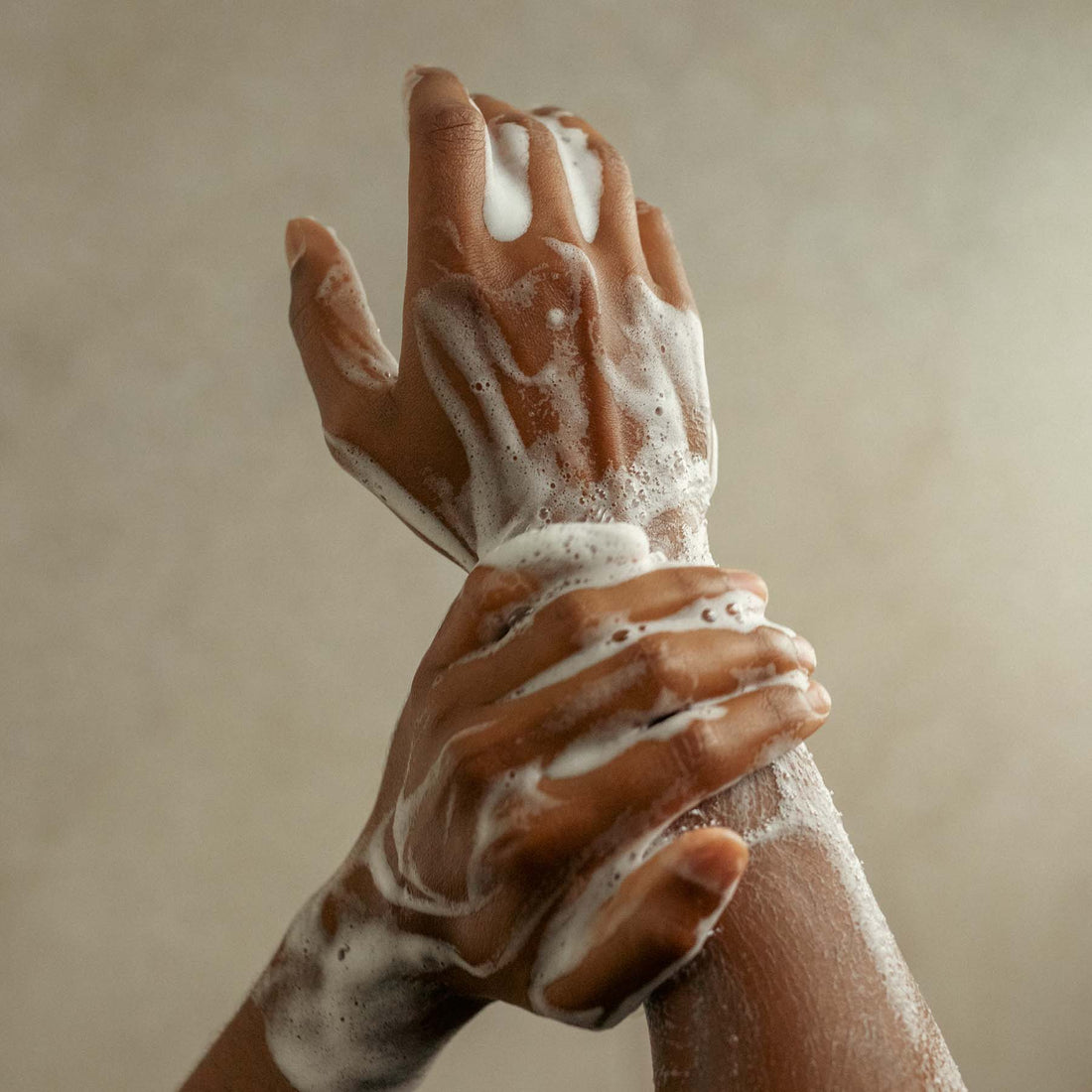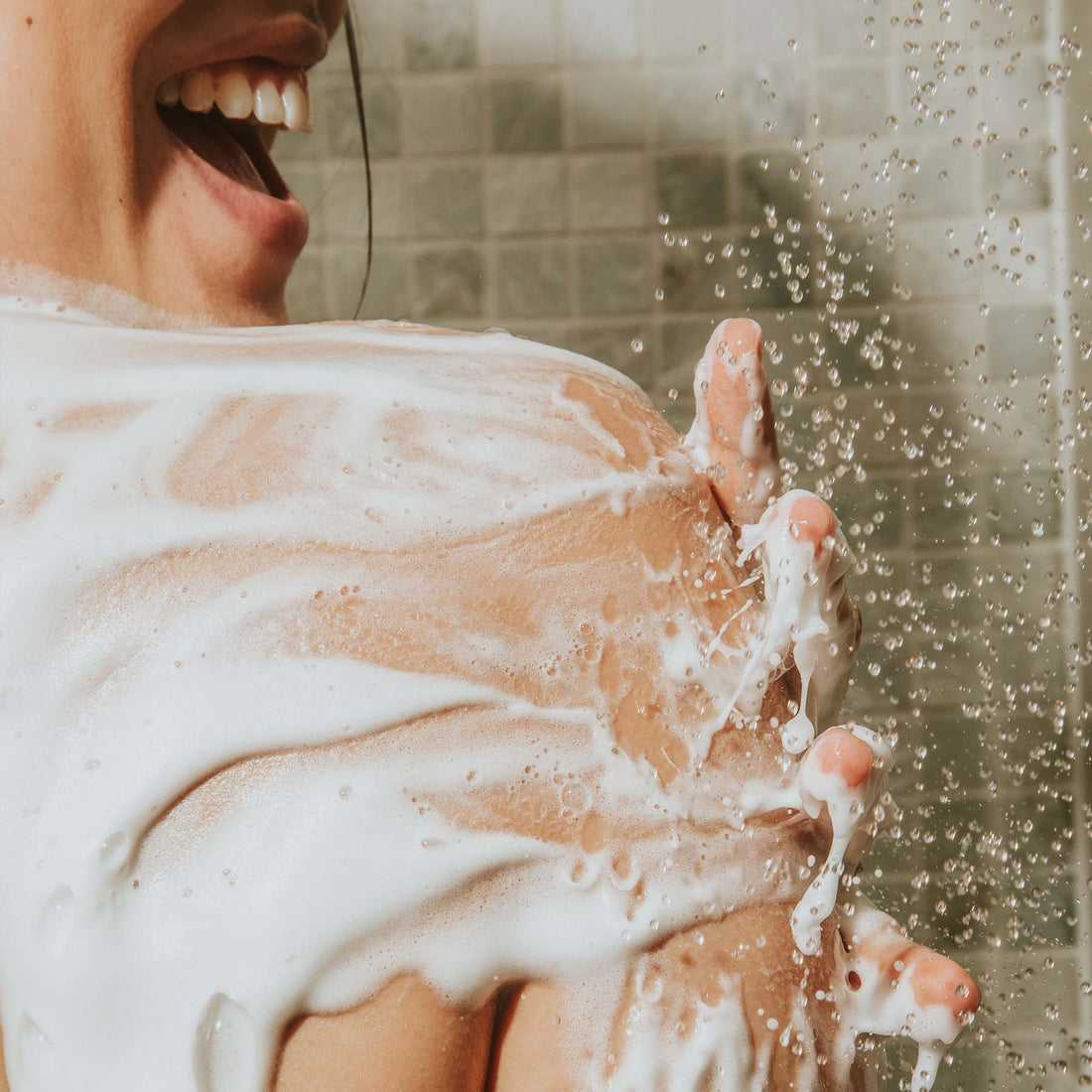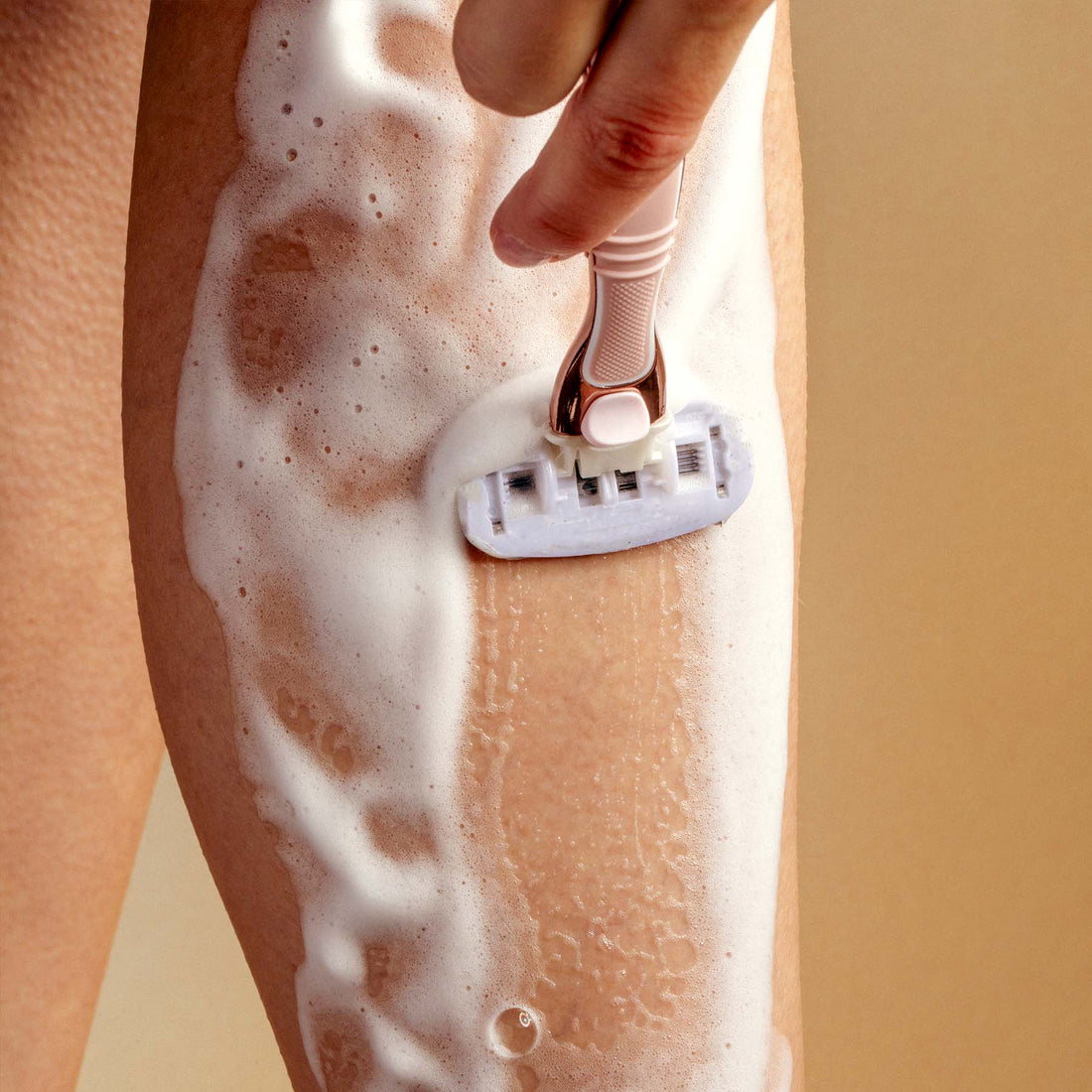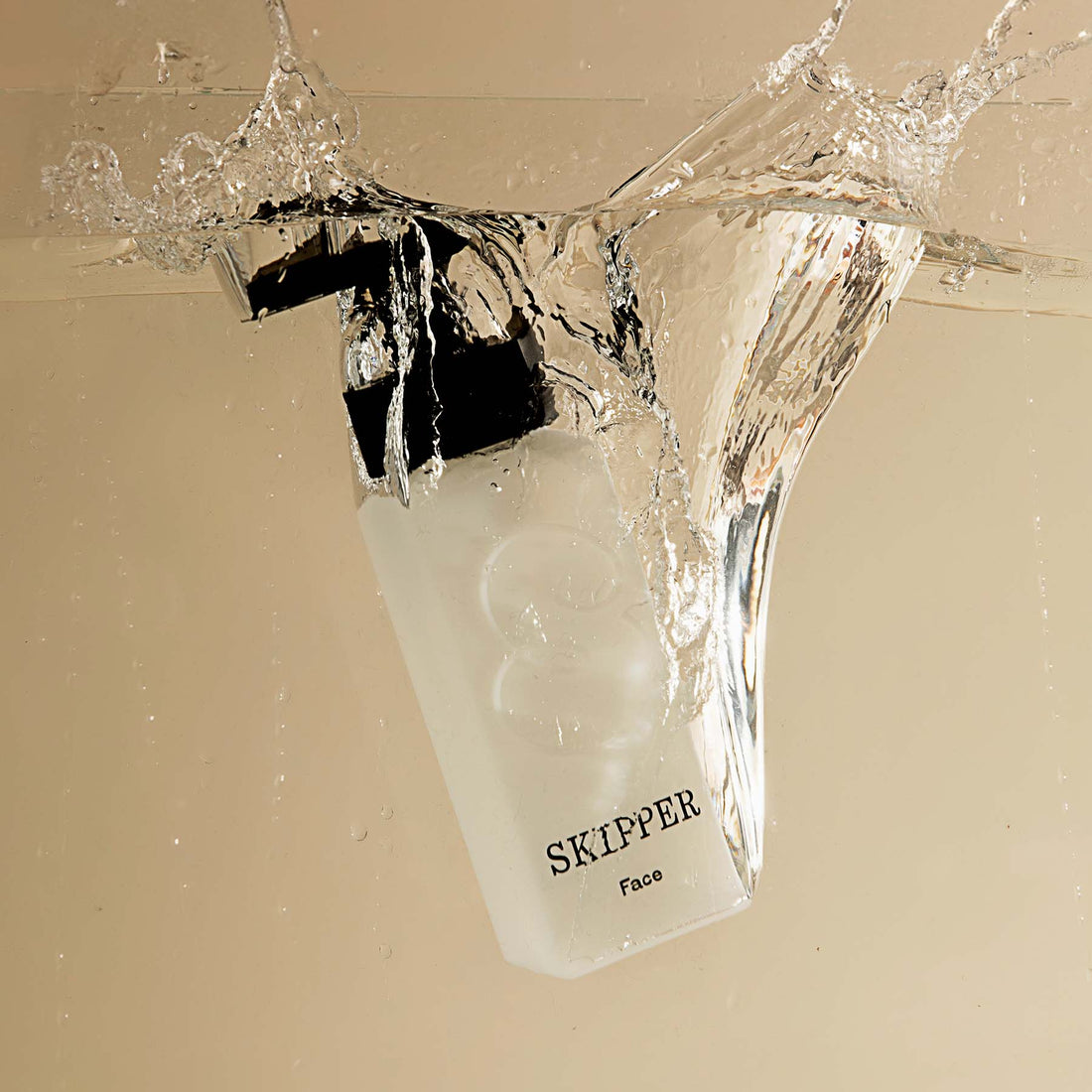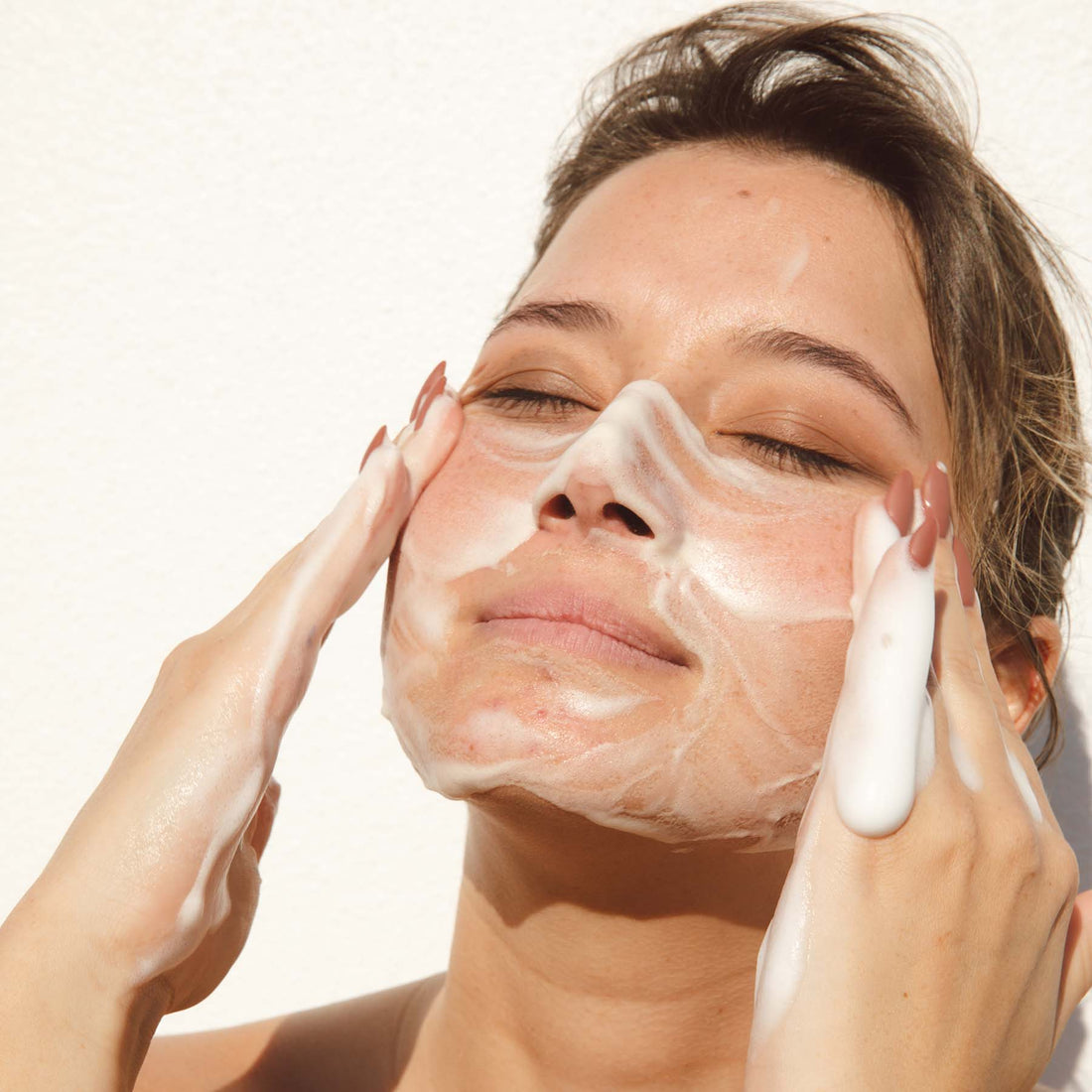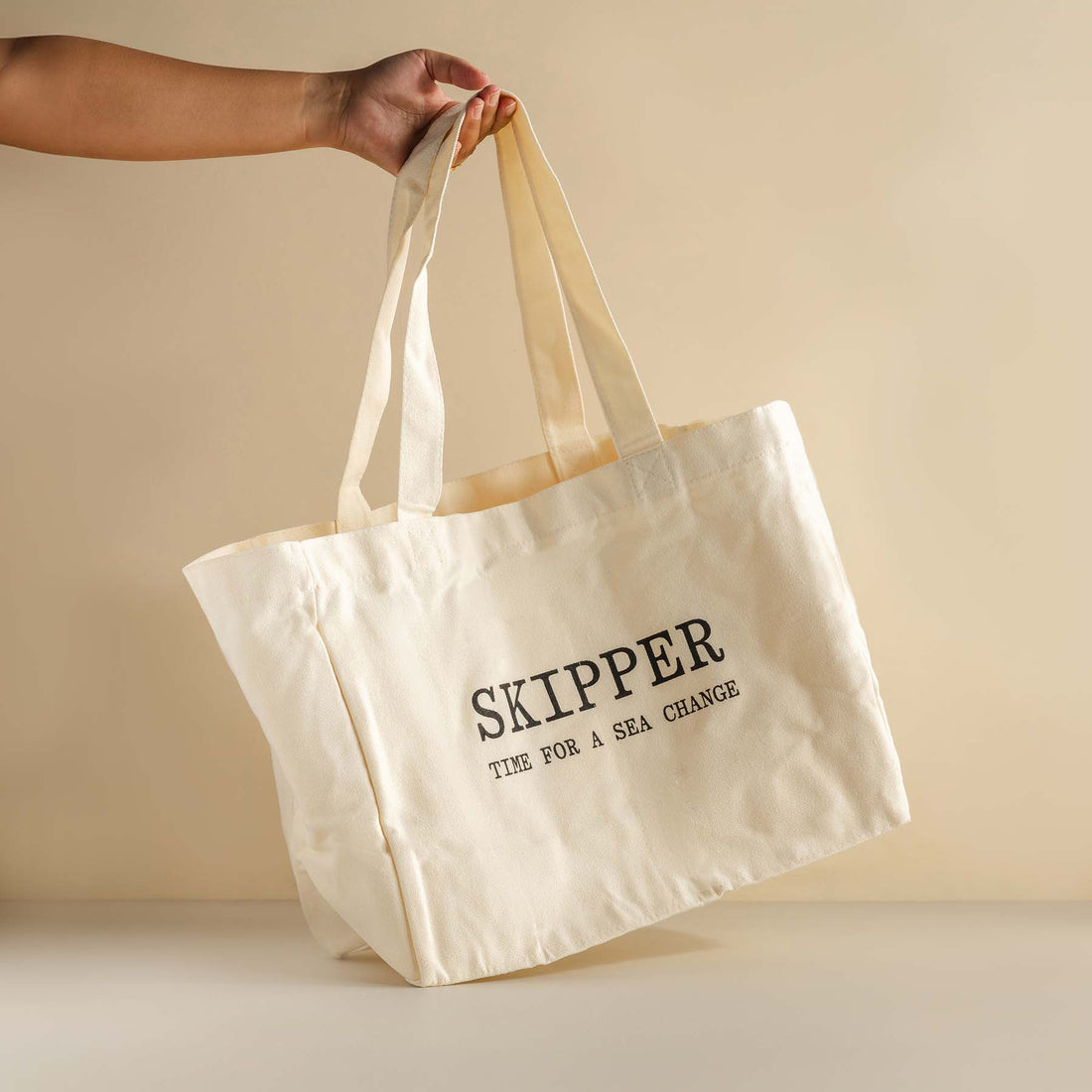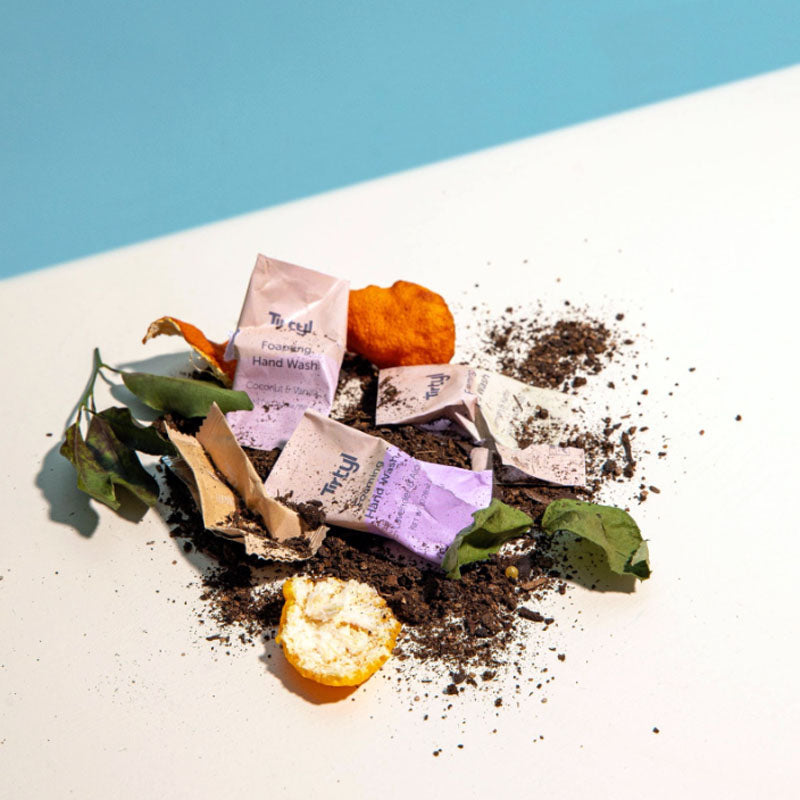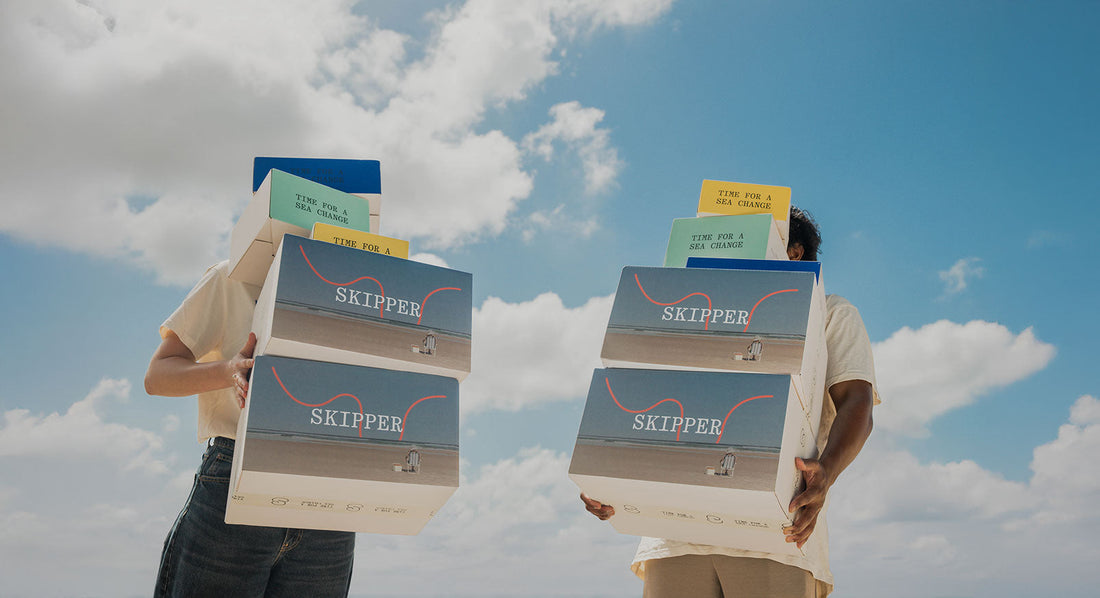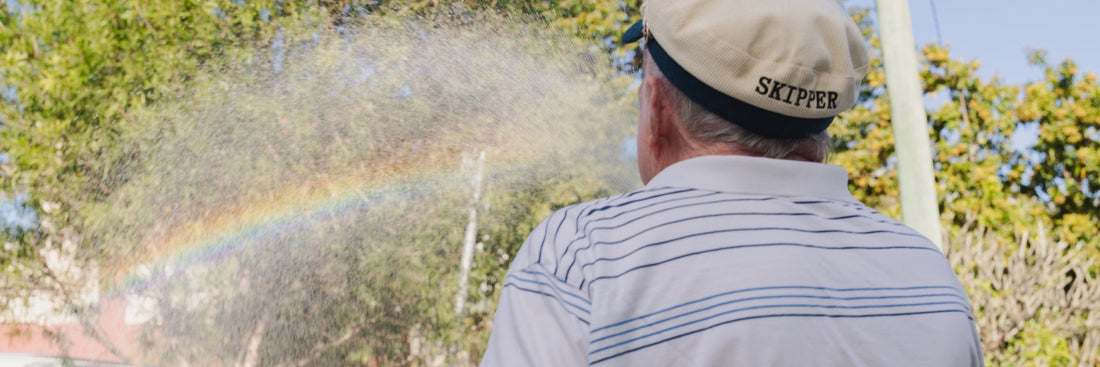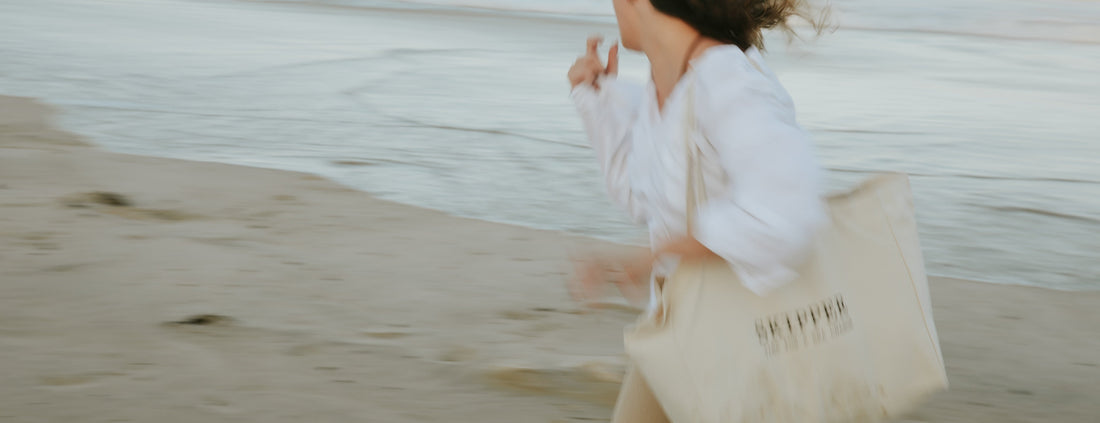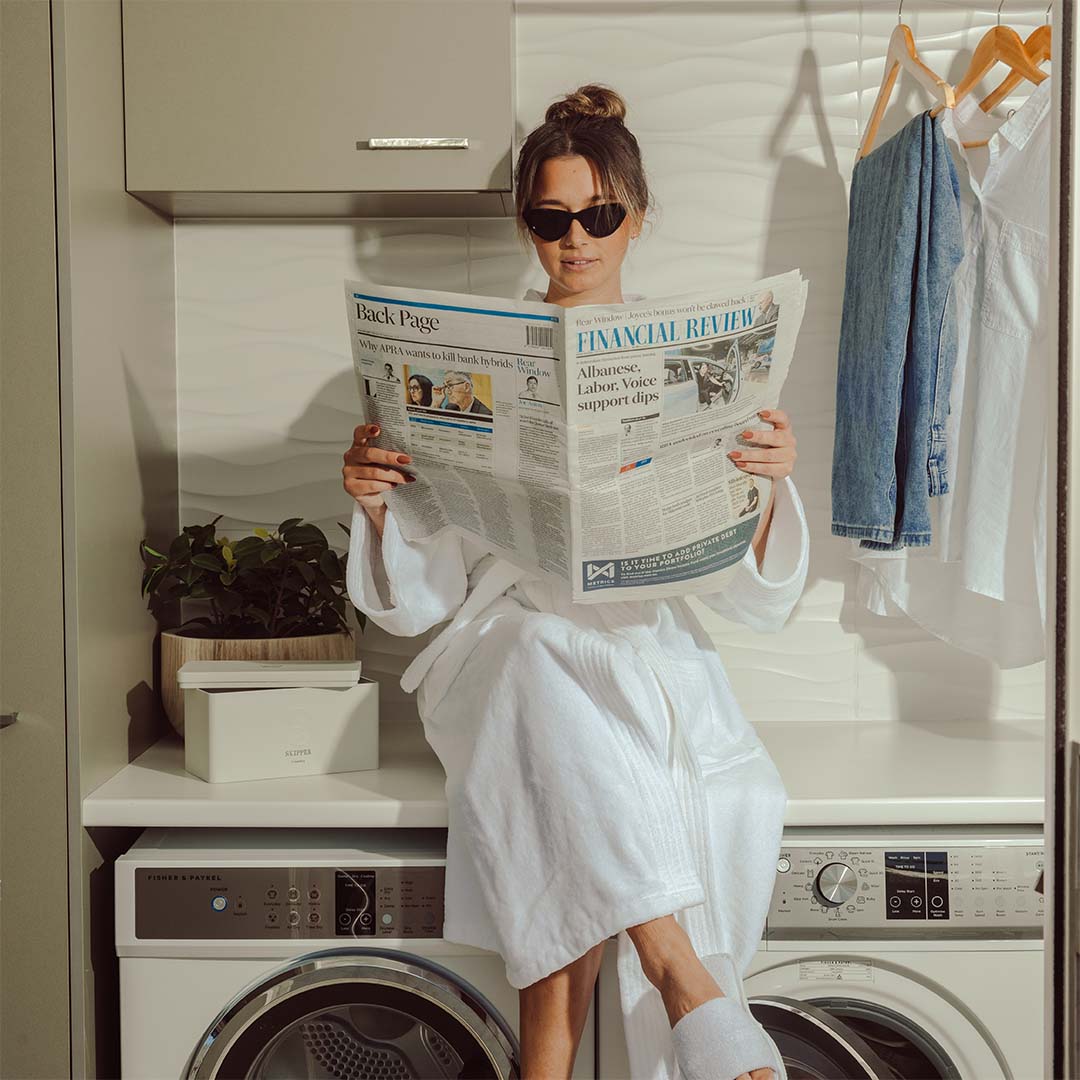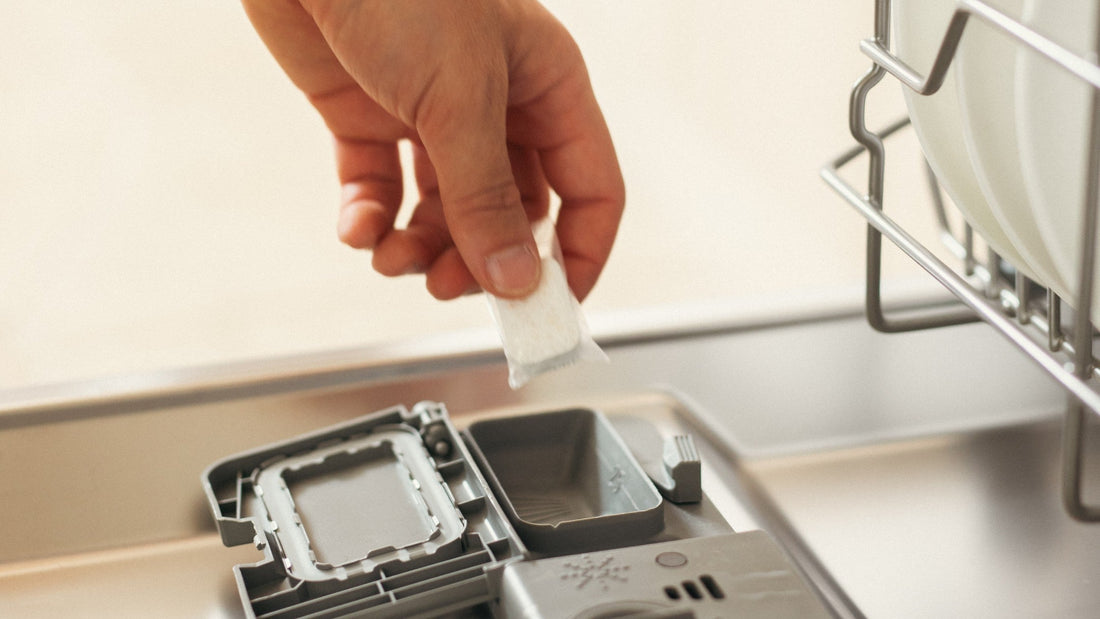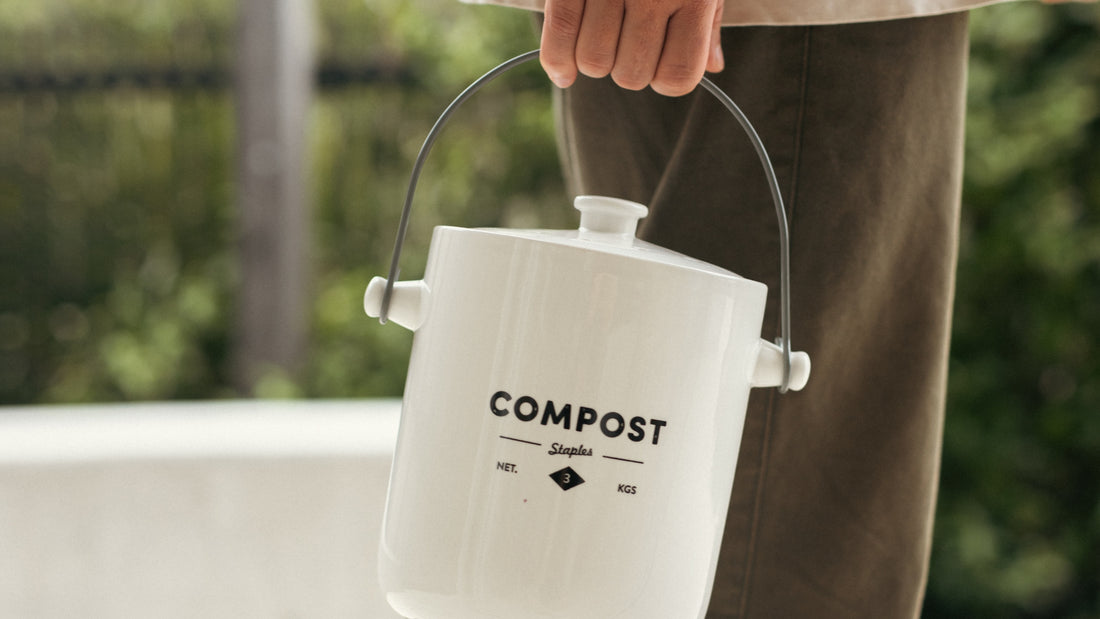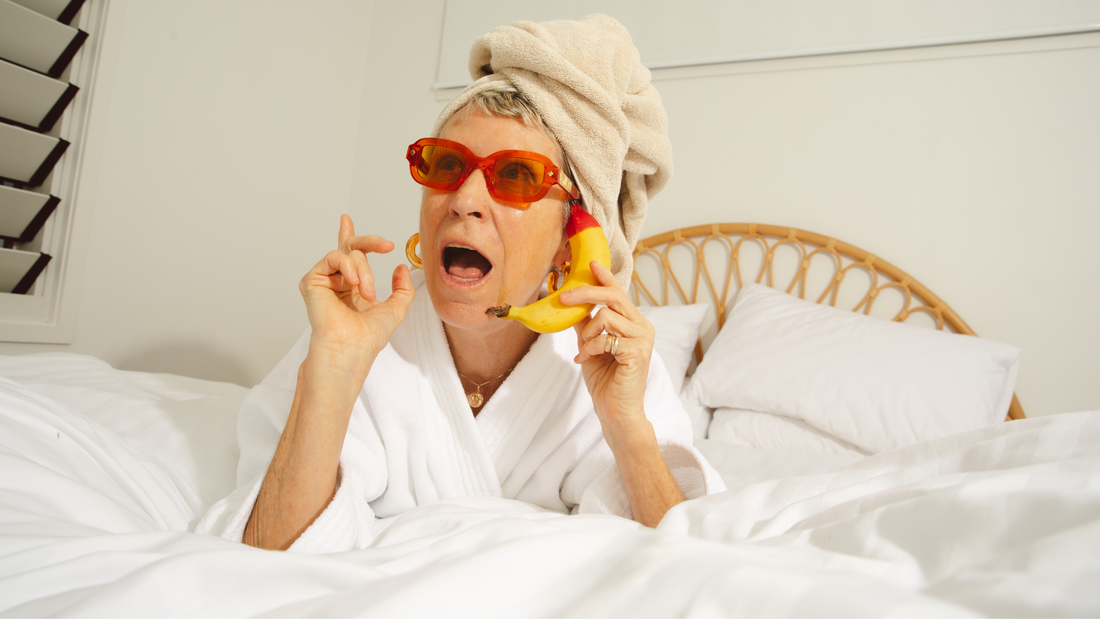Each year, Australian households produce more than 12.4 million tonnes of waste. This habit has caused landfills to explode in size. All the land that workers destroyed to make room for the landfill once served as a natural habitat for plants and animals.
Luckily, Australian homeowners can reduce the amount of waste they produce in several ways. For example, they can use zero-waste cleaning products instead of less eco-friendly ones. They can do the same with hygiene products.
Read on to learn about some products they can use and other eco-friendly cleaning techniques.

7 Ways to Go Zero-Waste With Home Cleaning and Hygiene
The steps you see here will help you save money in the long run. Moreover, you'll feel immense relief when your environmental guilt lifts off your shoulders.
1. Avoid Single-Use Products
Single-use products (aka disposable products) get thrown away as soon as consumers use them. The common disinfecting wipe is one good example. Consumers use it to wipe up a mess and immediately throw it away.
However, the cleaning industry has a plethora of other single-use products as well. To name a few examples, it has paper towels, dryer sheets, disposable cleaning gloves, and wet mopping cloths. You should switch to more sustainable cleaning products instead.
For example, you can use our Skipper Towels instead of paper towels or disinfecting wipes. You can also use reusable cleaning gloves and washable cotton mop tops instead.
2. Say No to Microplastics
Experts define microplastics as small pieces of plastic that have a length of fewer than five millimetres long. These can harm the ocean and aquatic life that ingest these microplastics. This is because their stomachs will fill up with these indigestible items and cause them to starve.
Unfortunately, many cleaning and hygiene products contain microplastics. Manufacturers include them because they can help scrub dirt or unclog pores. However, users will usually wash the remains of these products down the sink and into the ocean.
Opt for zero-waste hygiene products that don't contain microplastics instead. You can find lists of product types that do not contain microplastics online. Our universal cleaner is an excellent example of this.
3. Say Yes to Bulk Buying
Most people engage in bulk buying because it saves them money. The per unit price for these items usually equates to a lower price than non-bulk items. However, bulk buying can also help the environment.
Bulk stores buy their products in large amounts. Thus, it needs less packaging than smaller items placed into individual bags. In the end, less packaging will end up in a landfill.
Many bulk stores will also let you bring your containers to fill with products. They also don't limit these refillable products to those in the food category. You can also get a hand soap refill and/or refills for many other kinds of cleaning products.
4. Use Existing Household Items for Cleaning
You may not need a new broom and/or duster as badly as you think. Most of the cleaning gear in your home can last quite a long time. Throwing a product away before it's useless will create unnecessary waste.
Before buying a new cleaning tool, check your drawers and closets. There may be older versions of the tool that you may have forgotten about. If you find broken cleaning tools, try to fix them before throwing them away.
Did you end up having to buy new cleaning tools? That's okay. Try to purchase durable cleaning tools that will last a long time rather than cheaper ones that won't last long.
5. Practice Reusing and Repurposing
Many household items you would have thrown away can become cleaning products. For example, you can turn an old towel into a mop head. Likewise, old toothbrushes can become scrubbing tools that can reach areas large scrubbing brushes can't.
You can even reuse the old containers that your cleaning products came in. They can easily hold any homemade cleaning products you make. However, you must only use the containers that didn't once hold something toxic.
Food waste can also turn into eco-friendly cleaning products. The abrasive properties of used coffee grounds can make them excellent cleaning helpers. Banana skins can also buff leather shoes.
6. Use Green Cleaning Products
Toxic chemicals can become another kind of waste. They can pollute the waterways and harm aquatic life as microplastics can. Unfortunately, many cleaning products contain these toxic chemicals.
Luckily, there are green cleaning products that do not contain these toxins. You can also practise green cleaning by making cleaning supplies of your own. These can contain biodegradable and non-toxic ingredients.
Try looking up some cleaning supply recipes online. They often contain common kitchen items like salt, cornstarch, and vinegar. However, these solutions may not be as effective as cleaners, such as Australia's best eco-friendly hand soap tablets.
7. Invest in Just-Add-Water Cleaning and Hygiene Products
Just-Add-Water cleaning and hygiene products eliminate many of the issues discussed throughout this article. Manufacturers need a lot less plastic packaging to contain them. They also help you refill existing plastic containers instead of having to buy another plastic container entirely.
Plus, the packaging we use for our just-add-water materials, such as our just-add-water hand soap, is compostable. You can put it in your garden after you take out the product, and it will break down in the soil over time, leaving no waste behind.
Try the Zero-Waste Cleaning Products We Offer
You shouldn't have too much difficulty adding these habits to your daily life. You may also find it fun to think of ways you can turn old household items into zero-waste cleaning products. Good luck!
Also, if you're interested in trying out some zero-waste hygiene and cleaning products, consider trying something from our selection. We offer a wide range of climate and ocean-friendly products. Try products like our dissolvable hand soap tablets by clicking on this link.












































